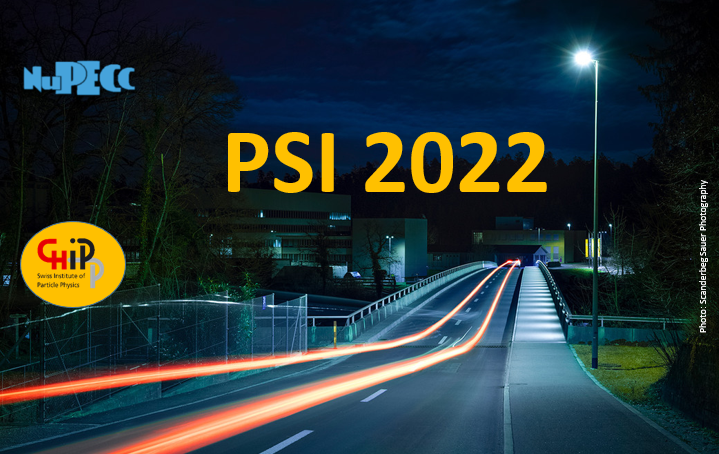Speaker
Description
qBounce uses Ultra-Cold Neutrons (UCNs) in a mechanical Ramsey type spectrometer to investigate gravity. The neutrons are trapped on the surface of mirrors by gravity leading to discrete quantum states. Transitions between these states are induced by mechanical oscillations of the mirrors in a Ramsey type fashion. Using this novel method called Gravity Resonance Spectroscopy (GRS) high precision measurements of the local acceleration of the neutron have been performed. The neutron has near zero charge and low polarizability when compared to atoms so the system is insensitive to many external influences.
The experiment was comissioned in 2017 at the ILL in Grenoble and in 2018 the first proof of principle of this Ramsey type GRS was published. Improvements to the experimental setup were investigated and implemented increasing stability and precision in 2018 and 2019. Precision measurements of transitions were performed in 2020 and 2021.
These results allows the investigation of Dark Matter and Dark Energy models which are predicted to interact with the neutron leading to shifts in the energies and transition frequencies observed by qBounce.

